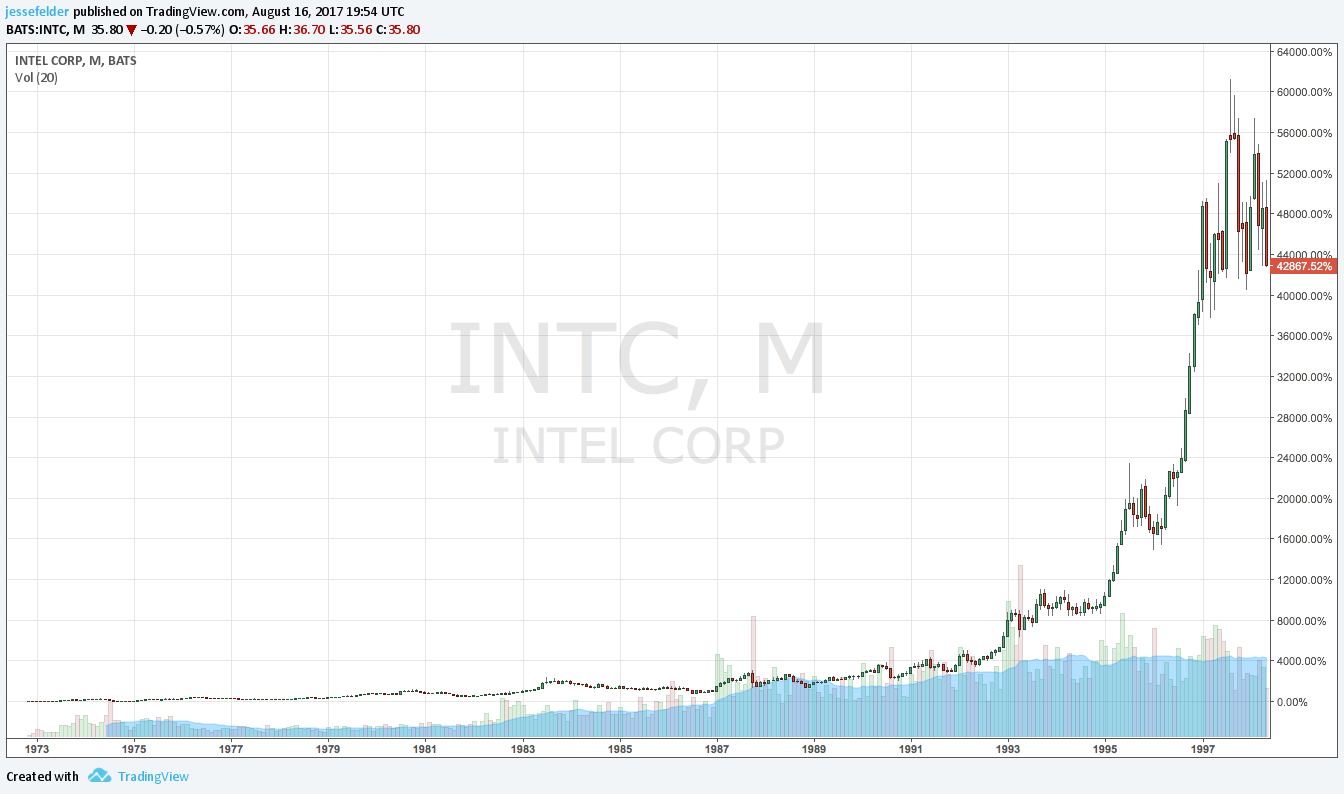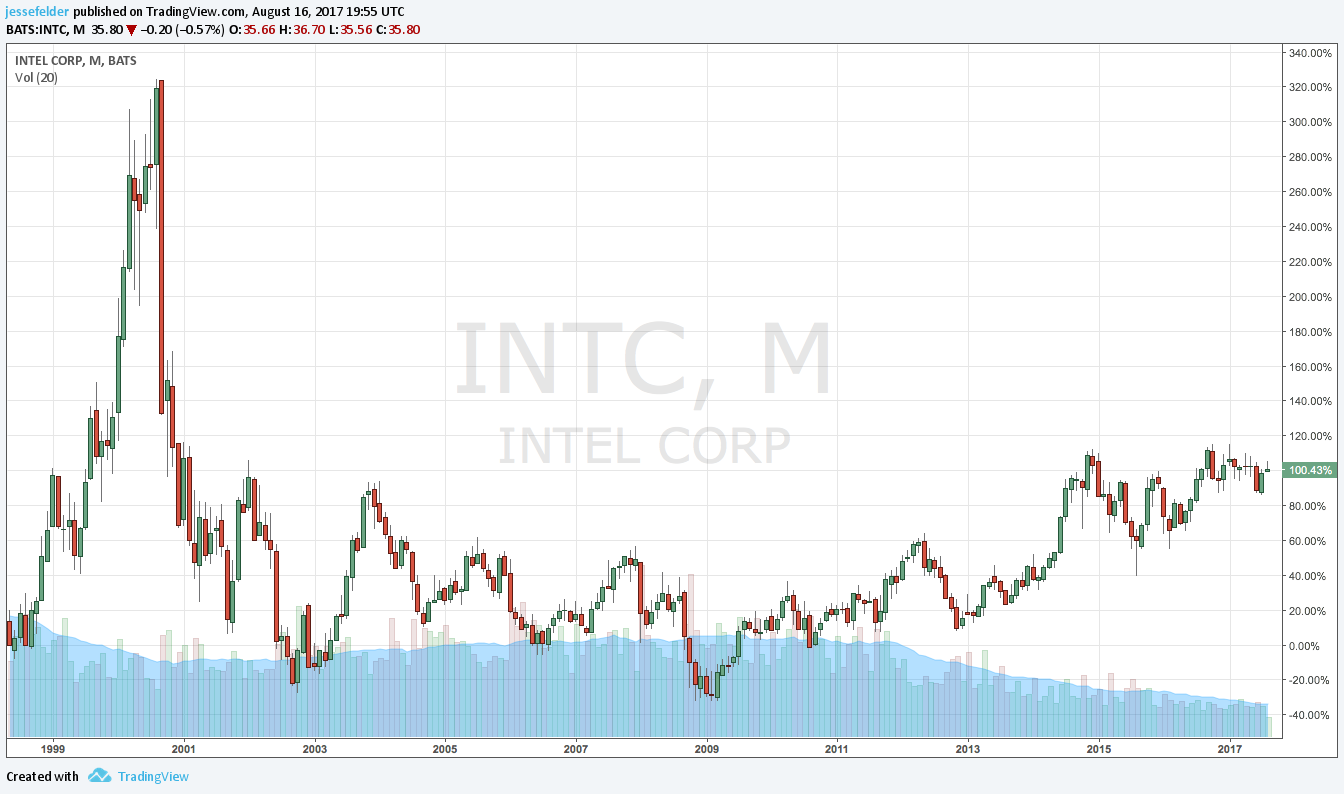One problem with “passive investing” (which I have argued is actually an oxymoron) is the fact that it’s systematically buys high and sells low. This is simply a product of weighting index components by their market capitalization. I imagine a fair amount of passive investors are aware of this but there’s another issue related to this one that I’m sure most aren’t aware of and possibly presents and even bigger problem for them.
Steven Bregman first brought this up during our conversation for the podcast. It’s not truly market cap that determines weightings in these index products but float-adjusted market cap. In other words, it’s the market cap based upon the amount of shares freely available for trading, not owned by insiders. For example, let’s say two companies have an equal market cap but one has a much larger insider ownership. The index will own a smaller amount of the one with more insider ownership simply due to its smaller float.
Personally, I find this very troublesome for owners of passive equity funds. In my experience, companies that are owner-operated are far more successful than ones that aren’t. Furthermore, stocks where insiders are heavily buying typically make better investments than those where insiders are eager to cash out completely. Here again, indexes used for passive purposes will underweight the former and overweight the latter, all else being equal, simply due to their free-float methodology.
In the podcast, Steven used the perfect example to demonstrate the potential detrimental effects of this methodology. Intel is one of the great American business success stories. Andy Grove was not just the CEO but also one of the company’s founders and largest shareholders when it came public in 1972. Because of his and other insiders’ large ownership a passive index would have allocated much less to the stock than a pure market cap methodology would have – which is a shame because under his tenure, Intel’s stock price rose over 40,000%, a compound average annual growth rate of about 27%.
How has Intel done since Grove left the corner office? Over the 19 years post-Grove the stock price has roughly doubled. This doesn’t sound so bad until you realize this is a compound average growth rate of less than 4% per year. Investors who sold their shares upon Grove’s departure and simply bought 10-year treasury bonds did far better (5.5%). Furthermore, Intel still trades at less than half its all-time peak set 17 years ago. Passive investors under today’s methodology would have had a much greater allocation to the shares during this pitiful period than they did during that prior one.
Perhaps the greatest travesty of all, however, is the fact that these sort of results are completely hidden from investors in passive funds. Free-float methodology only came to prominence among indexes and passive funds a little over 10 years ago. How many fund companies do you think have gone back and refigured performance results before 2007 to account for this change in methodology? What would returns have looked like if this methodology had been applied 50 or 100 years ago?
Nobody knows but I can guarantee you one thing: dramatically reduce exposure to the great American owner-operated success stories of the past century and returns will be far below those promoted by the major passive fund providers. Andy Grove and Intel are just one example of many including Bill Gates and Microsoft, Sam Walton and Wal-Mart and, of course, Warren Buffett’s Berkshire Hathaway. Significantly reduce just these four stocks’ weighting in the index and its going to have a major negative impact on the performance history investors have become so enamored with that they are embracing passive investing in droves today.
Perhaps a more important question to ask, however, is, ‘how many passive investors understand that they are systematically reducing their exposure to the owner-operated success stories of tomorrow?’ Valuations today strongly argue that returns going forward are going to be dismal at best. Passive investors, embracing a free-float methodology, could wake up 10 years from now to find their performance has actually been even worse than that of the traditional, market-cap weighted index.
And wouldn’t that be ironic. Investors give up trying to beat the index in favor of simply capturing its performance actually guaranteeing they will fail to do so because, in the process, they unwittingly employ a far inferior version of it – inferior due entirely to the fact that it systematically and significantly underweights one of the key markers of outperformance: the great American founder and CEO.


